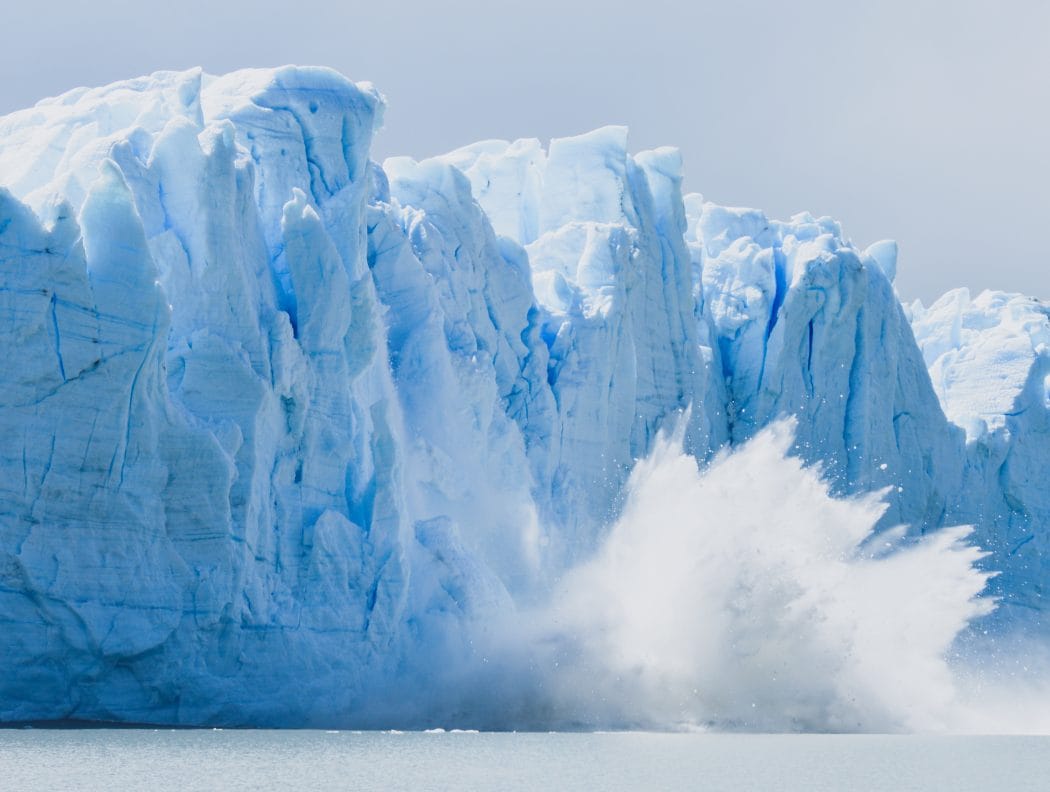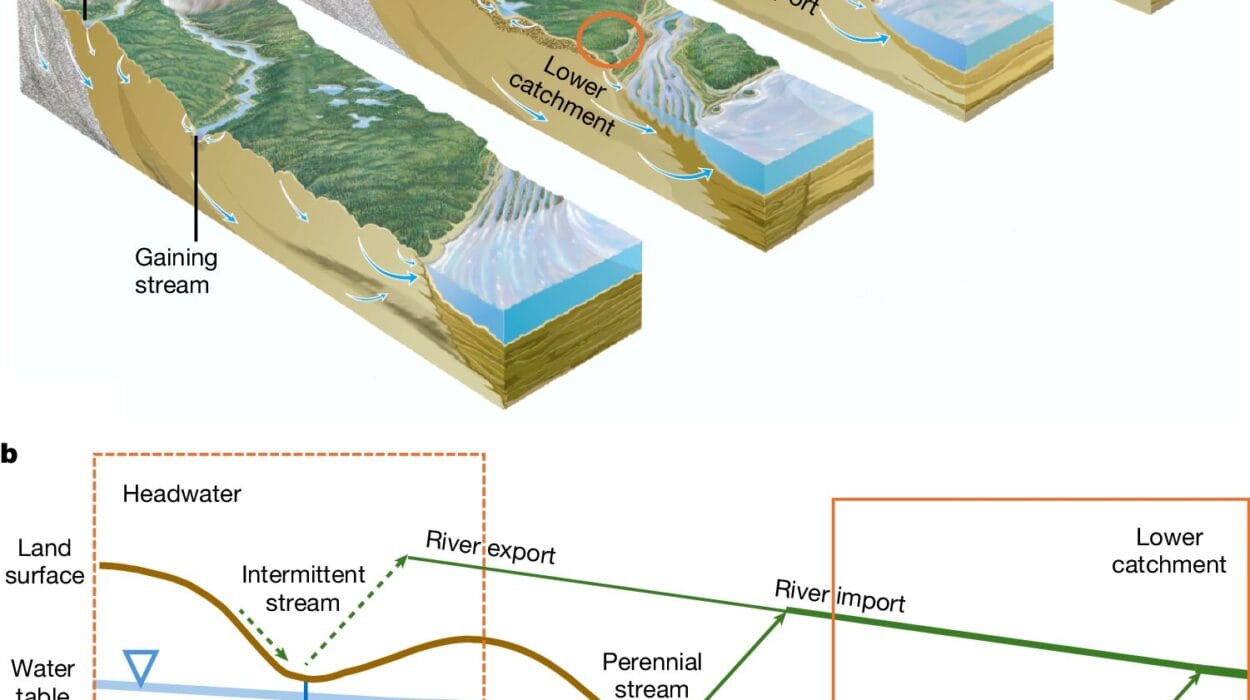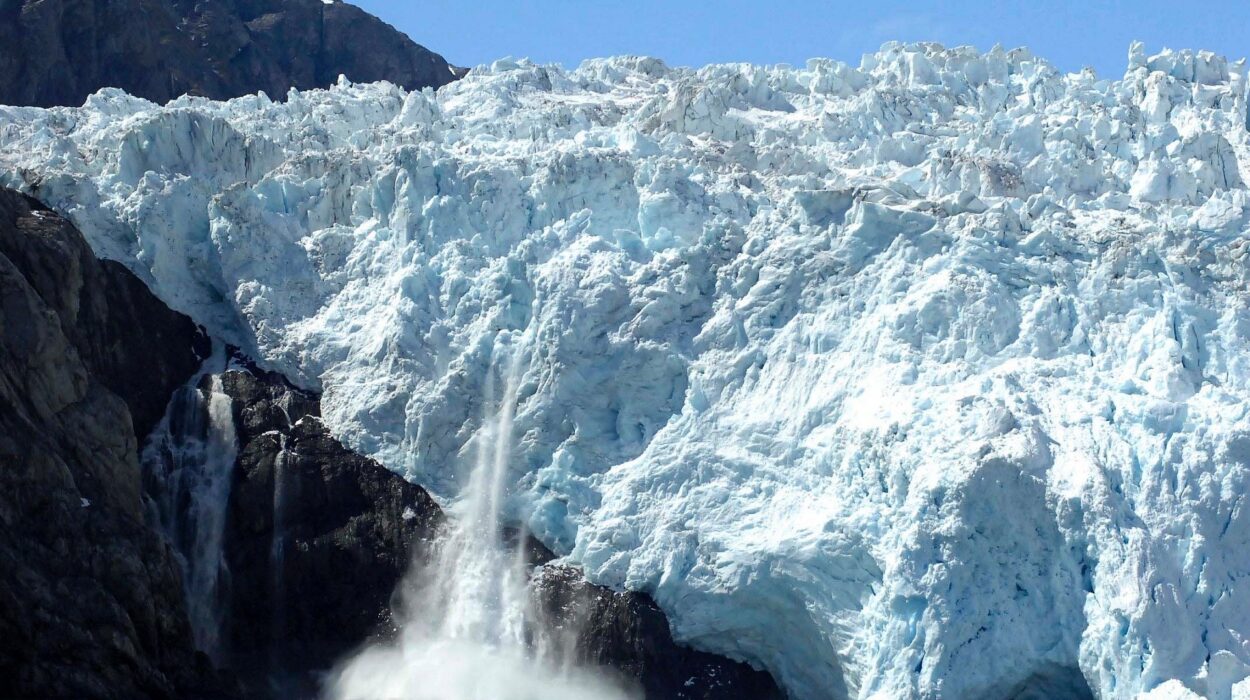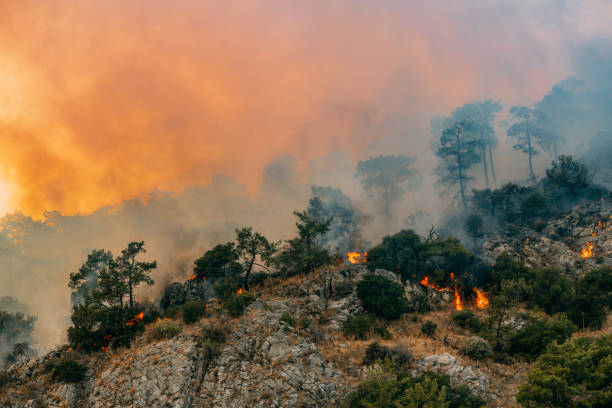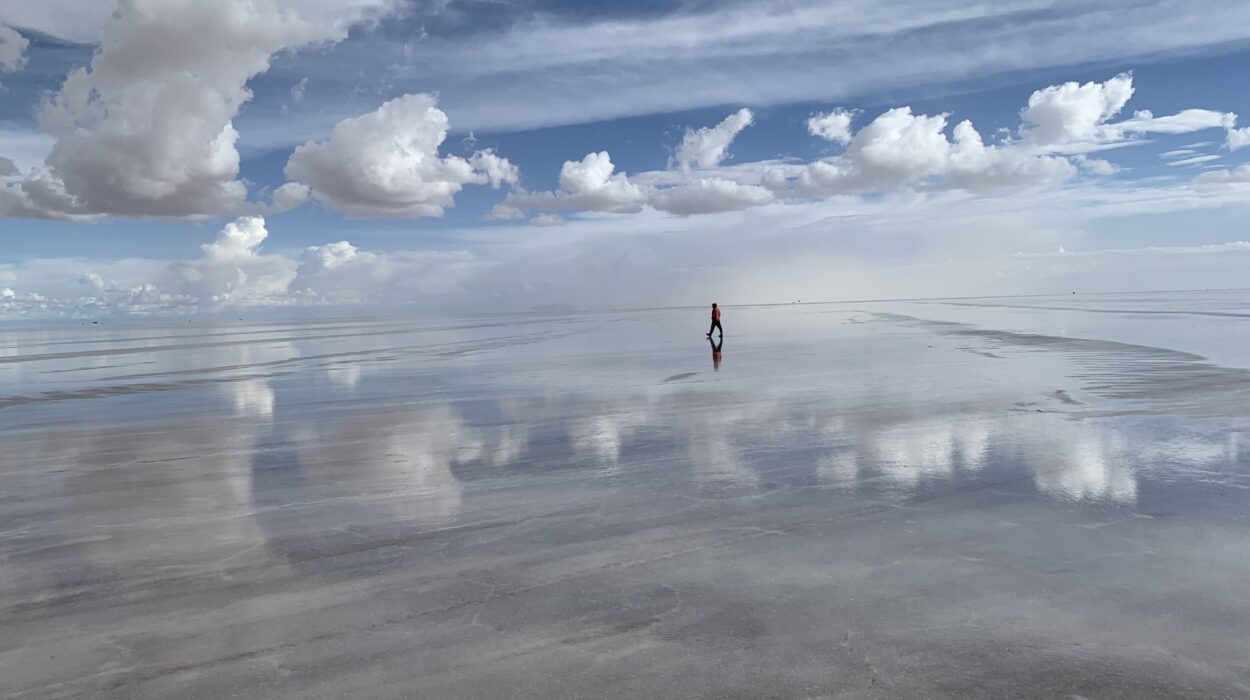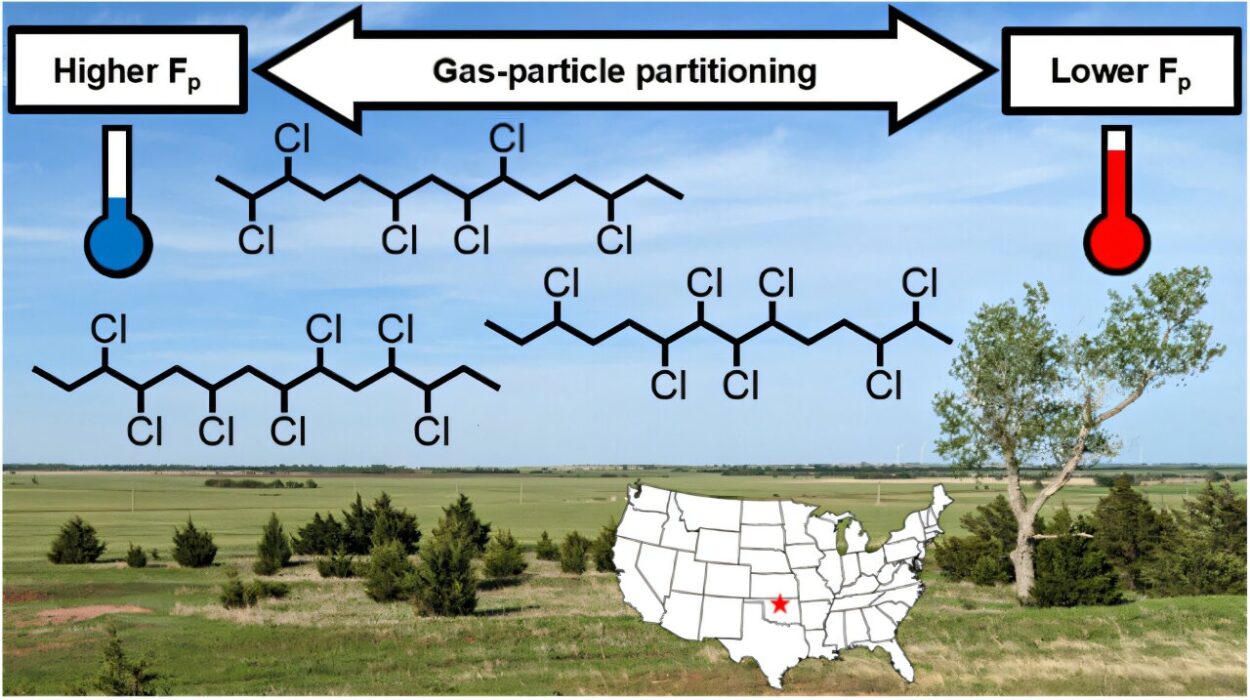High in the world’s loftiest mountains, across the polar wilderness, and tucked within frozen valleys, vast rivers of ice flow slowly and silently. Glaciers—monuments of time, pressure, and cold—move with the patience of centuries. They seem eternal, unmoved by human affairs. Yet, these icy giants are speaking. And they are speaking of change.
Glaciers are more than ancient relics of the Ice Age. They are storytellers. They remember past climates in their frozen layers and whisper of future catastrophes in their retreat. Scientists call them “sentinels of climate change,” and for good reason. Few elements of Earth’s natural system respond as sensitively—or as visibly—to warming temperatures. To understand glaciers is to glimpse the heartbeat of a planet in distress.
Born of Snow and Time
A glacier does not appear overnight. It is not made in a year, nor even a decade. Glaciers are born from the accumulation of snowfall over hundreds or thousands of years. As snow piles up, each layer compresses the one beneath it. Over time, the weight transforms fluffy snow into dense, crystalline ice. The process is relentless. Year after year, the cycle repeats, and the ice thickens, growing under the pressure of its own mass.
But glaciers do not simply sit still. They flow, ever so slowly, pulled downhill by gravity and driven by their own immense weight. The ice deforms under pressure, allowing glaciers to move in a slow, steady crawl. Some can travel meters per day, others only centimeters. Their movement carves valleys, shapes mountains, and transforms landscapes.
Beneath a glacier, the ground may be scraped clean, leaving behind striations—deep scratches in bedrock. U-shaped valleys, fjords, moraines, and drumlins are all the handiwork of glaciers. They are sculptors of continents, powerful and patient.
The Many Faces of Ice
Not all glaciers are the same. Their forms reflect the geography that cradles them. Alpine glaciers snake down mountain slopes, confined by steep valleys. Continental glaciers—like those covering Antarctica and Greenland—blanket entire landmasses. Ice caps, ice fields, and ice shelves extend their reach across islands and coastlines, each responding to their own environmental dynamics.
In the high Himalayas, the Andes, the Alps, and the Rockies, mountain glaciers feed rivers that sustain billions of people. In the Arctic, sea ice and glacial systems govern entire ecosystems. And in Antarctica, glaciers form a frozen continent so vast it holds 90% of Earth’s freshwater.
Each glacier is a dynamic system, alive with internal movement and external forces. Their surface may appear still and frozen, but beneath lies motion—a slow, continuous journey sculpted by gravity, temperature, and time.
Glaciers as Climate Archives
What makes glaciers extraordinary is not just their beauty or their might, but their memory. Like tree rings and ocean sediments, glaciers record the past. But their language is ice, not wood or sand. As snow falls and compresses into glacial ice, it traps tiny air bubbles. These bubbles preserve samples of Earth’s atmosphere from centuries or millennia ago. By drilling ice cores, scientists can extract this time capsule and analyze the gases within—especially carbon dioxide and methane.
The results are astonishing. From these frozen relics, we have reconstructed a timeline of Earth’s climate stretching back over 800,000 years. We’ve seen periods of warming and cooling, the rise and fall of greenhouse gases, the pulses of volcanic eruptions, and even the fallout from ancient forest fires.
What emerges from this icy archive is a simple truth: the planet’s climate has changed many times, but never so rapidly—and so dramatically—as it is today. The carbon dioxide levels of the past few decades far exceed anything seen in the ice core record. The fingerprints of human activity are unmistakable.
The Great Retreat
Across every continent, glaciers are retreating. In some regions, they are disappearing altogether.
The Columbia Glacier in Alaska has retreated more than 20 kilometers since the 1980s. In the Alps, glaciers are shrinking so quickly that mountaineers are now required to climb over rocks where ice once lay thick. Kilimanjaro’s famous white cap is fading. And in the Andes, glaciers that once fed whole ecosystems are vanishing, leaving behind barren rock.
Satellite imagery has become the eye in the sky that monitors this transformation. From above, we watch glaciers bleed. Dark lines form at their edges. Blue meltwater pools spread like bruises across their surface. And deep crevasses widen—signs of internal stress, heat, and fracture.
Greenland is losing 270 billion tons of ice annually. Antarctica loses nearly 150 billion tons. These are not just numbers—they are volumes vast enough to flood entire nations if unleashed.
The causes are complex but clear. Rising temperatures, shifting precipitation patterns, darkening of ice surfaces from soot and dust (which reduce reflectivity and increase melt), and the warming of ocean waters beneath floating ice shelves all play a role.
Climate change is not a future threat for glaciers—it is a present trauma. And the pace is accelerating.
When Ice Melts, Oceans Rise
One of the most immediate consequences of glacial melt is sea level rise. It may seem abstract, or slow. But it is inexorable—and irreversible on human timescales.
When continental glaciers like those in Greenland and Antarctica melt, they add freshwater to the ocean. Over the past century, sea levels have risen by about 20 centimeters (8 inches). That may not sound catastrophic—but it’s only the beginning.
Projections vary, but if current warming trends continue, we could see an additional one to two meters (3–6 feet) of sea level rise by 2100. That would inundate coastal cities, displace tens of millions of people, and redraw national boundaries. Storm surges would become more destructive, salinization of freshwater resources would spread, and island nations would face existential threats.
Moreover, sea level rise is not uniform. It’s influenced by gravity, ocean currents, and even the rebound of the Earth’s crust as glaciers melt (a process called isostatic adjustment). Some places will experience greater flooding than others. But all will feel the effects.
Glaciers and the Water Tower of Humanity
For billions of people around the world, glaciers are not just scenery—they are water. In Central Asia, the Tibetan Plateau is often called the “Third Pole” because of its vast glacial reserves. These glaciers feed rivers like the Ganges, Indus, Brahmaputra, Yangtze, and Mekong—lifelines for agriculture, drinking water, and hydroelectric power.
In dry seasons, when rainfall is low, glacial meltwater keeps these rivers flowing. But as glaciers shrink, the water they supply diminishes. First comes an increase in flow—as more ice melts rapidly. Then comes a sharp decline, as the glacier itself disappears.
This creates a dangerous paradox: temporary abundance followed by long-term scarcity. Farmers, urban planners, and governments will be forced to adapt to a new reality where snow-fed rivers no longer behave predictably.
The threat is not just about quantity. Glacial melt affects water quality, sedimentation rates, and even the timing of flows. Downstream ecosystems that evolved over centuries to depend on glacial rhythms are now vulnerable.
The Cryosphere and Global Feedback Loops
Glaciers are part of the cryosphere—the frozen elements of the Earth system that include sea ice, permafrost, and snow. The cryosphere plays a critical role in regulating the planet’s energy balance. Ice reflects sunlight back into space—a phenomenon known as the albedo effect. As glaciers melt, darker surfaces like rock or ocean are exposed, absorbing more heat and accelerating warming.
This is a feedback loop: warming causes melting, which causes more warming.
Glacial loss can also destabilize permafrost, releasing methane—a greenhouse gas many times more potent than carbon dioxide. And as glaciers retreat, they can destabilize the very land they rest on, increasing the risk of landslides, glacial lake outburst floods (GLOFs), and avalanches.
The Earth is not a system of isolated parts. It is an orchestra of interconnected processes. When one instrument falters, the whole symphony shifts.
Watching from Space and Sounding from Depth
Modern science has given us incredible tools to monitor glaciers. Satellites like GRACE and ICESat measure changes in gravitational pull and elevation to detect ice loss. Remote sensors track surface temperatures, ice flow velocities, and meltwater accumulation.
On the ground, scientists deploy GPS sensors, seismographs, drones, and ground-penetrating radar. In Antarctica, robotic submarines like Icefin travel beneath ice shelves, mapping their underbellies and measuring how warm water interacts with the ice.
These tools are not just technical marvels—they are lifelines of understanding. They tell us how much time we have left before critical thresholds are crossed.
Still, uncertainties remain. Ice dynamics are incredibly complex, influenced by crevasses, bedrock topography, subglacial water, and even microbial life within the ice. Modeling their behavior under warming scenarios is difficult, but essential.
Human Stories in a Melting World
Glaciers are not just scientific phenomena—they are cultural icons, spiritual symbols, and economic pillars. Indigenous peoples in the Andes consider glaciers sacred. In Bhutan and Nepal, glacial lakes are both blessings and threats. In Iceland, locals mourn the passing of glaciers like Okjökull, which lost its status as a glacier in 2014. A plaque now marks the spot where it once flowed: “We know what is happening and what needs to be done. Only you know if we did it.”
The loss of glaciers is also a loss of identity. Mountain towns that once thrived on glacier-fed tourism now face economic collapse. Climbers, skiers, and hikers see their beloved landscapes transformed. And across the world, the grief is real—a form of ecological mourning.
Some communities are fighting back. Artificial glaciers, or “ice stupas,” are being built in Ladakh, India, to store winter melt for summer use. Glacial monitoring stations are being installed by citizen scientists. Activists are suing governments and corporations for failing to act on climate change.
The struggle is global—but also deeply personal.
The Fragile Majesty of Ice
Stand before a glacier, and you will feel it—a silence so vast it humbles. The creaking of distant ice, the rush of meltwater beneath your feet, the shimmer of blue depths deeper than imagination. You are not looking at a frozen thing. You are looking at time itself, compressed into a moving monument.
To understand glaciers is to understand change—not just climate change, but the slow, unrelenting power of transformation. They teach us that even what seems immovable can shift, collapse, and vanish. They show us that systems can tip, and that balance is not guaranteed.
We still have time to act. To reduce emissions. To protect the cryosphere. To preserve the water towers of the world. The glaciers are watching—and waiting.
Conclusion: Listening to the Sentinels
Glaciers are not passive victims. They are messengers. Their retreat is not just a symptom—it is a signal. And they are not whispering anymore. They are roaring.
If we choose to listen, we can still chart a different course. We can honor the science, respect the warnings, and respond with urgency. But if we ignore them, the consequences will echo not just in rising seas, but in lost civilizations, collapsed ecosystems, and broken futures.
In their cold, shimmering silence, glaciers hold the mirror to our time. And the reflection is clear.
